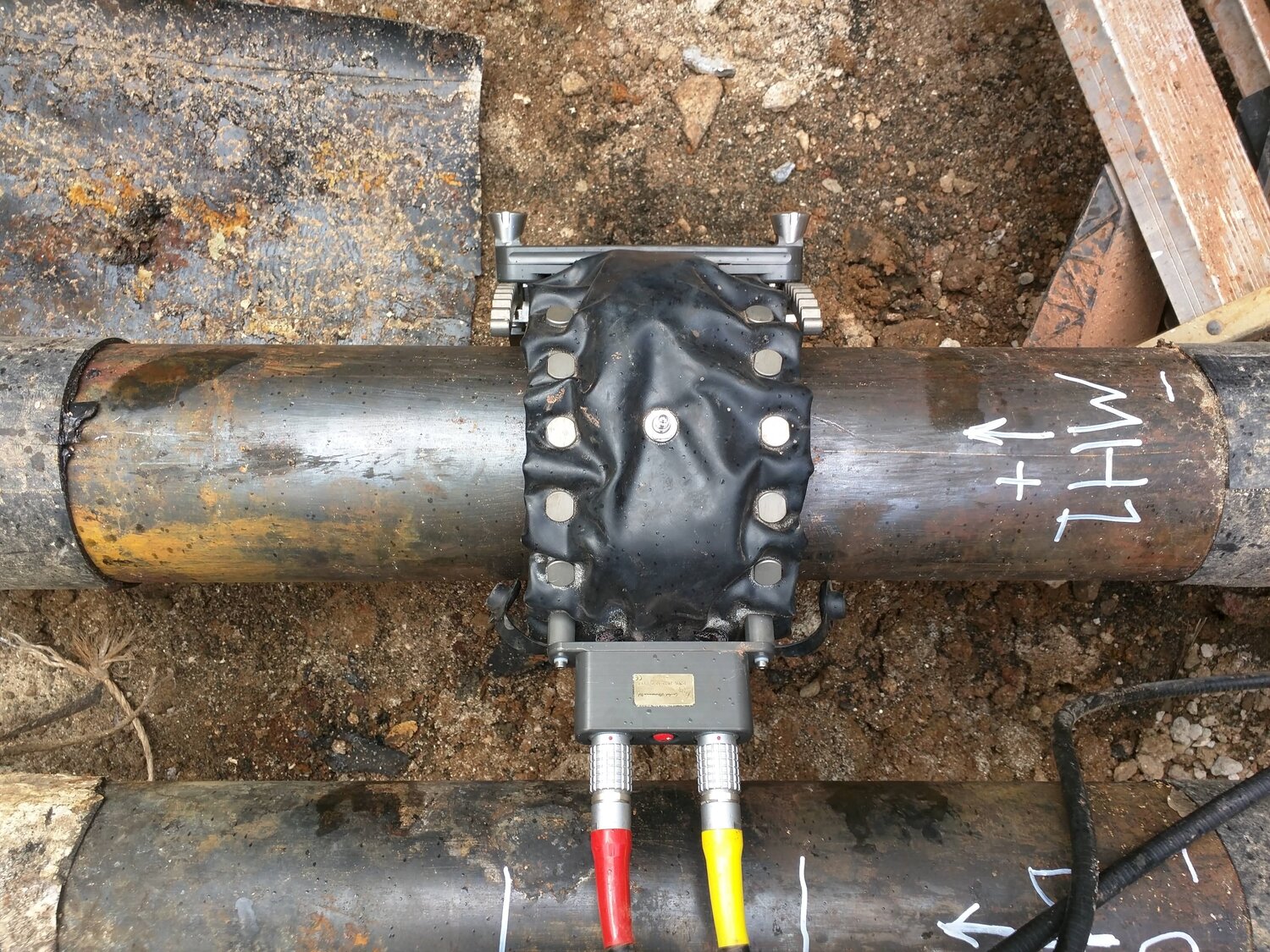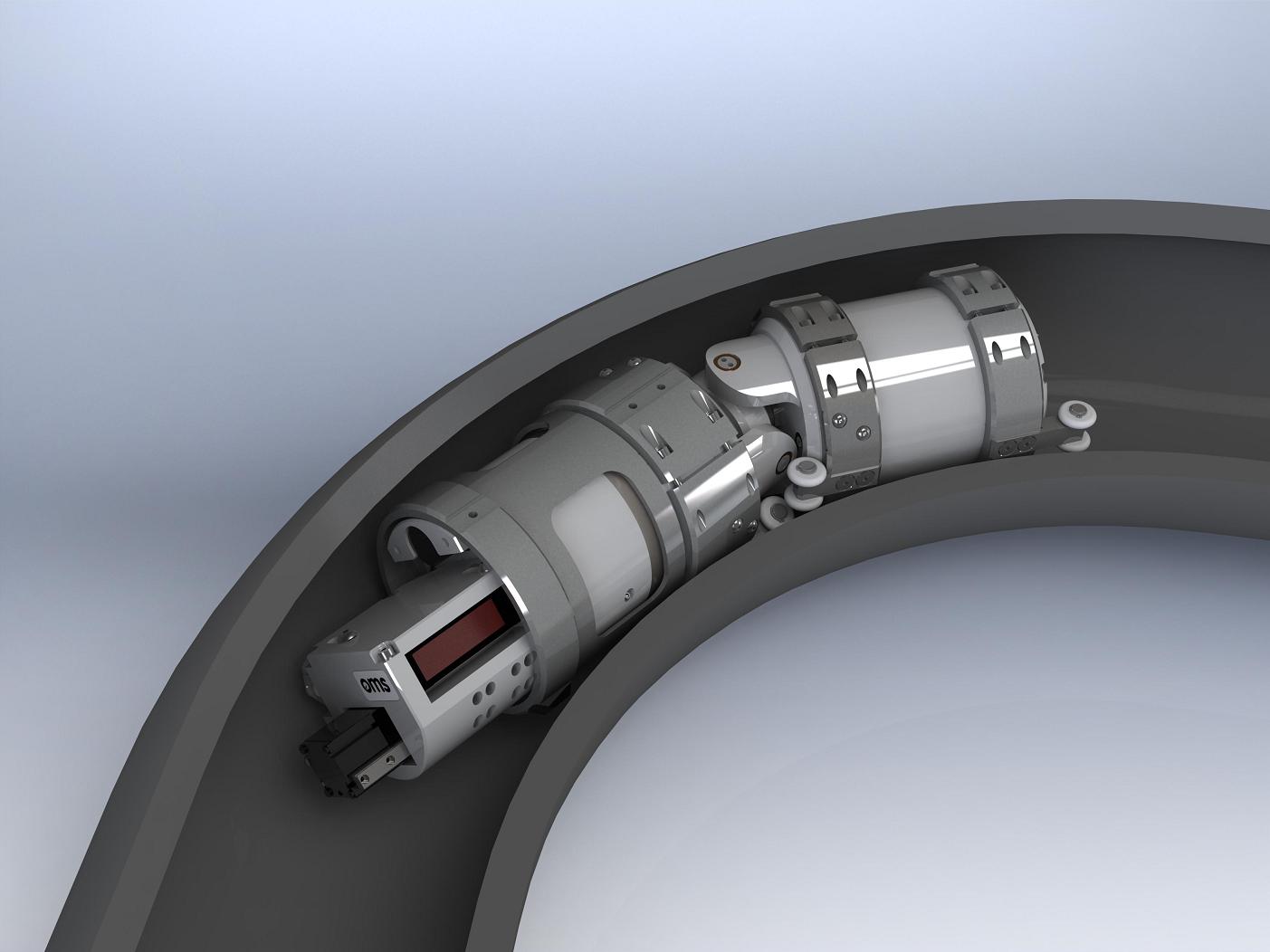Comprehensive Guide to Pipeline Welding Evaluation: Making Sure Integrity and Safety in Pipeline Construction and Upkeep
The honesty and safety of pipelines are critical in today's infrastructure landscape, underscoring the vital function of welding assessment in pipeline construction and maintenance. Pipeline Welding Inspection. The intricacies entailed in welding inspection raise important questions concerning sector requirements and the progressing innovations that might redefine these techniques.

Value of Welding Evaluation
Welding inspection plays a critical function in making certain the stability and safety of pipe systems. It serves as a fundamental procedure that verifies the quality and reliability of bonded joints, which are frequently one of the most weak spots in pipeline building and construction. With organized analysis, inspectors can determine potential problems such as cracks, porosity, and incomplete blend, which may compromise the architectural integrity of the pipe.
The importance of welding inspection extends beyond plain conformity with market requirements; it also safeguards public health and the setting. Thorough inspections can boost the longevity of pipe systems, reducing the demand for pricey repairs and downtime.
In addition to making certain safety and security and compliance, welding examination fosters a culture of high quality assurance within organizations. By focusing on assessment throughout the welding procedure, firms can develop a reputation for reliability and excellence, inevitably resulting in increased consumer confidence and business possibilities (Pipeline Welding Inspection). Therefore, the relevance of welding examination can not be overstated in the context of pipe construction and upkeep
Key Welding Procedures
Different welding procedures are employed in pipe construction, each with its very own advantages and applications. Amongst the most extensively used approaches are Protected Metal Arc Welding (SMAW), Gas Tungsten Arc Welding (GTAW), and Gas Steel Arc Welding (GMAW) SMAW is favored for its convenience and capability to perform well in different ecological conditions, making it appropriate for area applications.
GTAW, usually referred to as Tungsten Inert Gas (TIG) welding, is recognized for its capability to produce high-grade welds with outstanding control over warm input, making it suitable for thin-walled pipelines and stainless steel materials. GMAW, or Steel Inert Gas (MIG) welding, provides high deposition prices and is reliable for large projects, usually employed in the construction of pipelines in regulated environments.
Furthermore, Immersed Arc Welding (SAW) is made use of for its deep penetration and high performance, especially in the construction of large-diameter pipelines. Each of these processes adds to the overall integrity and safety of pipe constructions, allowing welders to select one of the most suitable technique based on material type, job needs, and ecological problems. Comprehending these vital welding processes is vital for effective pipe welding inspection.
Common Flaws and Their Influence

Porosity, defined by small gas pockets caught within the weld, damages the product and can cause leaks. Cracks, which might happen because of thermal tensions or incorrect cooling, can circulate and result in structural failing under pressure. Undercutting, where the base steel is eroded along the weld grain, minimizes the effective cross-section of the pipe, boosting the risk of fracture.
Insufficient fusion takes place when the weld metal does not correctly bond with the base metal, leading to weak areas that might stop working under tension. Slag incorporation, the entrapment of non-metallic material within the weld, can additionally deteriorate the joint's integrity. Recognizing and attending to these defects early in the building procedure is crucial to making sure the long-term dependability and safety and security of pipeline systems, therefore protecting both the setting and the infrastructure.
Examination Devices and techniques

Visual assessment is the very first line of defense, allowing inspectors to determine surface irregularities, misalignment, or various other visible issues. Ultrasonic screening utilizes high-frequency sound waves to spot interior defects, offering accurate deepness measurements and characterizing defects without harming the weld. Radiographic testing utilizes X-rays or gamma rays to generate pictures of the weld, allowing the recognition of interior voids, splits, or additions.
Magnetic bit testing is especially effective for spotting surface area and near-surface discontinuities in ferromagnetic products. This method involves using a magnetic weblink field and fine iron bits to the weld, disclosing defects with the buildup of fragments at problem websites.
In enhancement to these methods, specialized devices such as automated ultrasonic testing tools and digital radiography systems boost examination accuracy and efficiency, ensuring a detailed evaluation of pipeline welds during building and construction and upkeep.
Finest Practices for Conformity
Following finest techniques for compliance in pipe welding inspection is important for making certain the integrity and security of the infrastructure. Organizations should develop a thorough quality monitoring system that aligns with industry requirements such as ASME, API, and AWS. This consists of creating comprehensive welding procedures that define the strategies, materials, and credentials needed for welders.
Normal training and certification of inspection personnel are necessary to preserve high proficiency degrees. Examiners should be familiar with various non-destructive testing (NDT) methods, including ultrasonic screening, radiographic screening, and visual evaluation, to efficiently identify potential issues.
Documentation plays an important role in conformity; preserving accurate records of examinations, weld treatments, and workers certifications helps to make certain traceability and liability. Scheduled audits and evaluations of welding practices need to be performed to determine areas for renovation and make sure adherence to developed procedures.

Final Thought
Finally, the execution of extensive welding inspection methods is critical for making certain the stability and safety of pipe construction and upkeep. By recognizing problems and using sophisticated examination methods, companies can considerably boost the quality of bonded joints. Sticking to finest techniques fosters compliance with sector standards, eventually safeguarding public health and wellness and protecting against environmental threats. Continuous enhancement in assessment procedures will add to the longevity and reliability of pipeline systems, emphasizing the crucial duty of welding inspection in the industry.
The honesty and More Bonuses safety and security of pipes are extremely important in today's framework landscape, emphasizing the critical role of welding inspection in pipe building and construction and upkeep. Recognizing these vital welding procedures is necessary for efficient pipeline welding examination.
Sticking to ideal methods for compliance in pipe welding examination is important for making certain the honesty and security of the infrastructure.In verdict, the application of rigorous welding assessment methods is extremely important for ensuring the integrity and security of pipeline building and construction and maintenance. Continual enhancement in evaluation procedures will add to the durability and integrity of pipe systems, underscoring the critical function of welding inspection in the market.